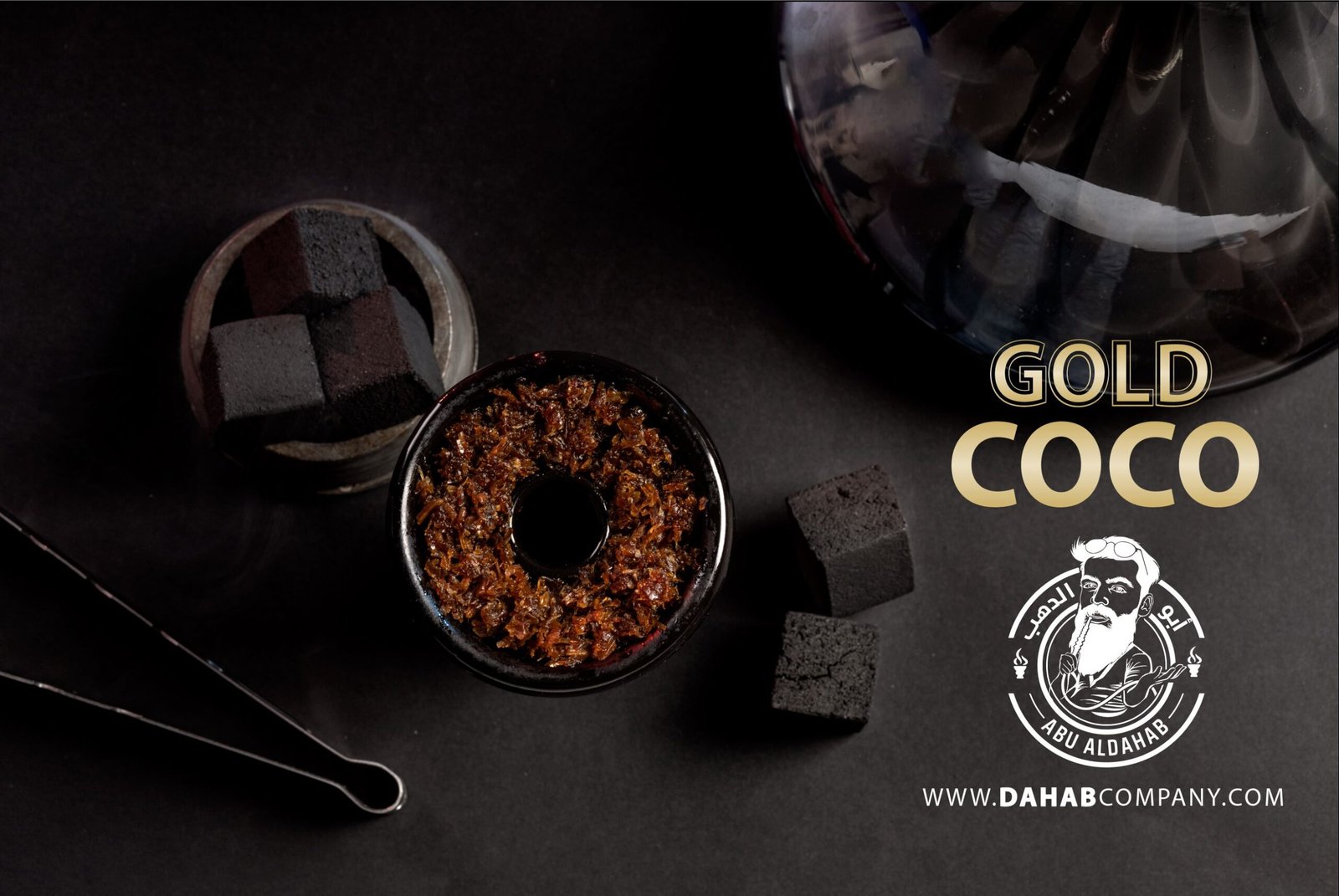History of Hookah

Hookah pipes have been around for hundreds of years. During the 17th century, hookah pipes were often seen in coffee shops or small restaurants along the streets of Turkey and other Middle Eastern countries. Since then the world of Hookah smoking has greatly expanded. Although we are unsure of the true origin of the water pipe, it is believed that the original design for the hookah came from India or Persia. It was in Turkey that the water pipe completed its revolution and has hardly changed its style for the last few hundred years. The Turkish people were the first to make smoking water pipes a common practice and soon discovered that it could be used in a more convenient way. So, around 500 years ago, they reshaped the design and added a hose. To this day, the same basic design is used for each hookah with the option of adding multiple hoses to make each smoking session more convenient and enjoyable.
The hypothesis of an American origin arose from the crossing of speculations on ways shisha was used through gourds in America and from deep studies as those conducted at the beginning of the century by a scholar named L. Wiener. The latter asserted that shisha smoking would have been imported from America to Africa several centuries before the arrival of Europeans. I. Van Sertima enriched such a contribution by endeavouring, in his turn, to show that African men certainly lived in America before the discovery of this last continent and brought to theirs smoking behaviours like the use of pipes.
The Indian (Asia) track lacks sources. So, here, let us restrict ourselves to quote only two authors without proceeding with the discussion. J. A. Frank freely asserts that “two thousand years before the discovery of shisha, it seems that a water pipe called Dhoom Netra, filled with aromatic and medicinal herbs, and also very probably with drugs, was smoked”. G.Gercek states, without supporting facts, that narghile was born in India and that the artefact benefited from the addition of innovative elements as the bowl and the nozzle when it reached the Ottoman Empire.


 Copy Right © 2025
Copy Right © 2025